Oerlikon GDF
Overview
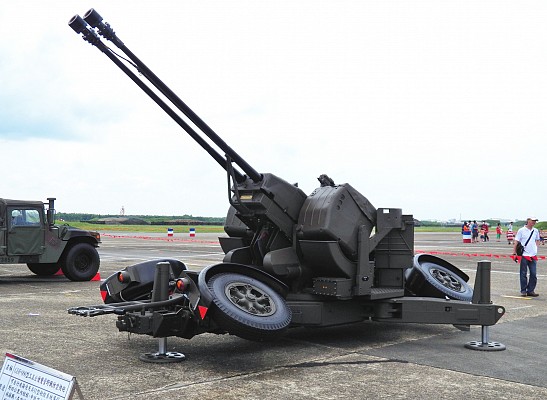
Oerlikon GDF-006
Oerlikon GDF-006 twin 35mm anti-aircraft gun in service with Taiwan in 2012.
Source: Gen Shio -
© GNU Attribution Share Alike license
Japan - Mitsubishi Heavy Industries
1969 - 1981
Turkey - MKEK-Cansas
Skyguard (GDF combined Skyguard radar)
35 ItK 58 (Finnish service)
35 ItK 88 (Finnish service)
3.5cm Zwillings FlAMK 75 bzw 79 (Austrian service)
Description
Introduction
The GDF is a towed anti-aircraft gun of Swiss origin. It was developed in the late 1950's by Oerlikon Contraves and is also referred to as the Skyguard system. The GDF is easily recognizable by its powerful twin 35mm autocannon. The majority of GDF are used in conjunction with the Super Fledermaus or Skyguard radar systems to improve their performance. In the latter configuration surface to air missiles may also be used alongside the GDF to increase the engagement envelope.
Design
The GDF is a large anti-aircraft gun that is based around the powerful 35mm KDA autocannon. Two KDA are mounted side by side with the ammunition is housed on both sides on a turntable on a four wheel carriage. Early models have a crew member on each side to feed the guns, later models feature automated loading. In the firing position jacks and outriggers are lowered and the wheels collapse inwards.
Fire control
Targeting is done manually by a gunner using advanced sights or by data provided by external fire control radar. The GDF-001 could only be used in conjunction with the Super Fledermaus. From the GDF-002 onward there is a digital databus that allows integration with the Skyguard fire control radar.
Firepower
The GDF fires the 35x228mm NATO round. Each KDA autocannon has a cyclic rate of fire of 550 rpm, combining to 1.100 rpm. In a typical engagement 28 rounds are fired. The original models have 112 round ready to fire and an additional 126 on the carriage. The models with automated loading carry 280 rounds. The maximum effective range is about 4 km, but differs per ammunition type and target type and flight pattern. The GDF may also be used against ground targets with devastating effects.
Mobility
The GDF is based on a large four wheel carriage and is normally towed by a 6x6 truck. The GDF-005 has an onboard APU and older models require a separate generator. The crew, ammunition and additional equipment may be carried on the truck that tows the GDF or radar. The emplacement and displacement time is 1.5 minutes. In case of emergency the GDF may be fired in travel mode.
Users
The GDF is a very successful design and large quantities have been exported and some are produced under license. Over 2.000 units have been sold to over 30 nations. Although it can be considered an old weapon system various upgrades have ensured it remains one of the most capable towed anti-aircraft guns today. The GDF is in use with various Western nations and is also common in Asia and the Middle East.
Variants
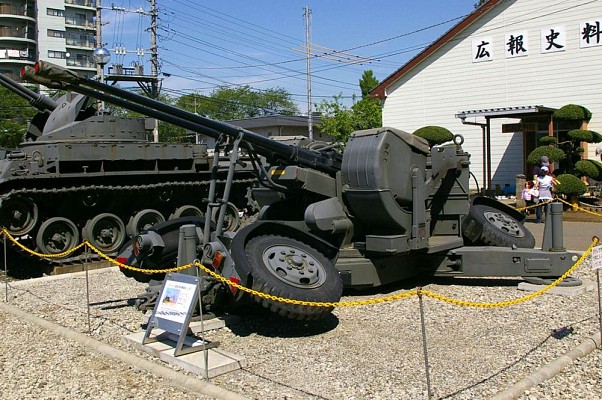
GDF-001
The GDF is a towed two barrel 35mm anti-aircraft cannon. The system is based on a 4 wheel carriage with four outriggers. The crew consists of a single gunner and two ammunition handlers. Power is supplied by an external source.
GDF-001: First production version. Equipped with the XABA sight.
GDF-002: Newer version with Ferranti GSR sight. Introduced in 1981. also includes digital data bus for external fire control.
GDF-003: Similar to GDF-002, but improves on maintenance.
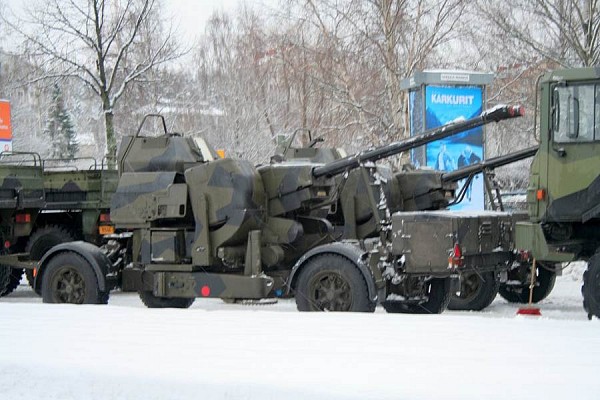
GDF-005
The GDF-005 is a deep modernization of the GDF-003, introduced in 1985. It is fitted with a new sight, an auxiliary power unit and automated ammunition handling. The Gunking computer controlled optronic sighting system automatically calculates range and lead for the operator. The automatic ammunition handling reduces the crew from 3 to 1.
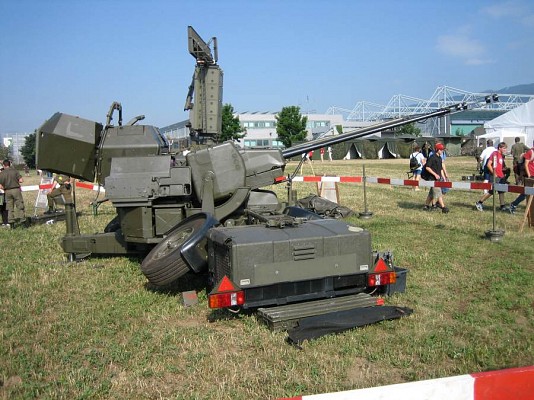
AHEAD upgrade
Both older GDF series and the GDF-005 can be upgraded with the AHEAD system, which improves combat performance. The 35mm AHEAD rounds contain steel sub-munitions and are time fused when leaving the barrel.
GDF-006: This is a GDF-001/002/003 with AHEAD upgrade.
GDF-007: AHEAD upgrade applied to the GDF-005.
Details
Related articles
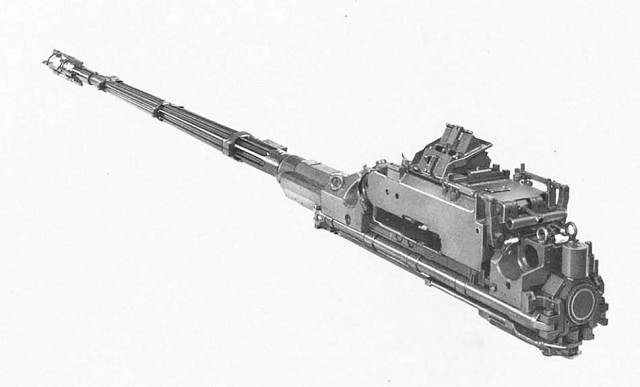
35mm Oerlikon KDA
The Oerlikon GDF series of towed anti-aircraft gun is armed with either KDB or KDC autocannon firing the 35x228mm round.